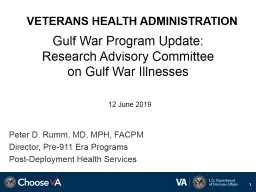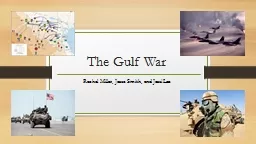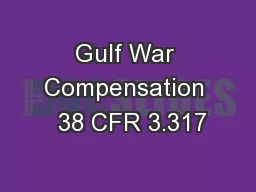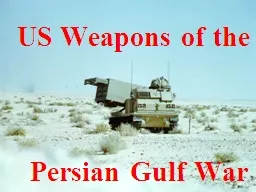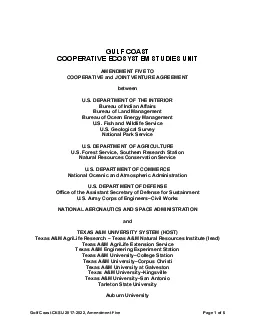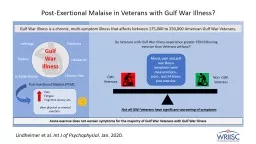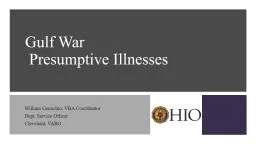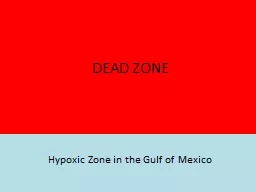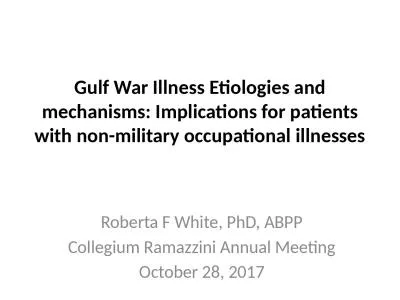PPT-Gulf War Program Update:
Author : acenum | Published Date : 2020-06-30
Research Advisory Committee on Gulf War Illnesses 12 June 2019 Peter D Rumm MD MPH FACPM Director Pre911 Era Programs PostDeployment Health Services 1 OUTLINE
Presentation Embed Code
Download Presentation
Download Presentation The PPT/PDF document "Gulf War Program Update:" is the property of its rightful owner. Permission is granted to download and print the materials on this website for personal, non-commercial use only, and to display it on your personal computer provided you do not modify the materials and that you retain all copyright notices contained in the materials. By downloading content from our website, you accept the terms of this agreement.
Gulf War Program Update:: Transcript
Download Rules Of Document
"Gulf War Program Update:"The content belongs to its owner. You may download and print it for personal use, without modification, and keep all copyright notices. By downloading, you agree to these terms.
Related Documents

